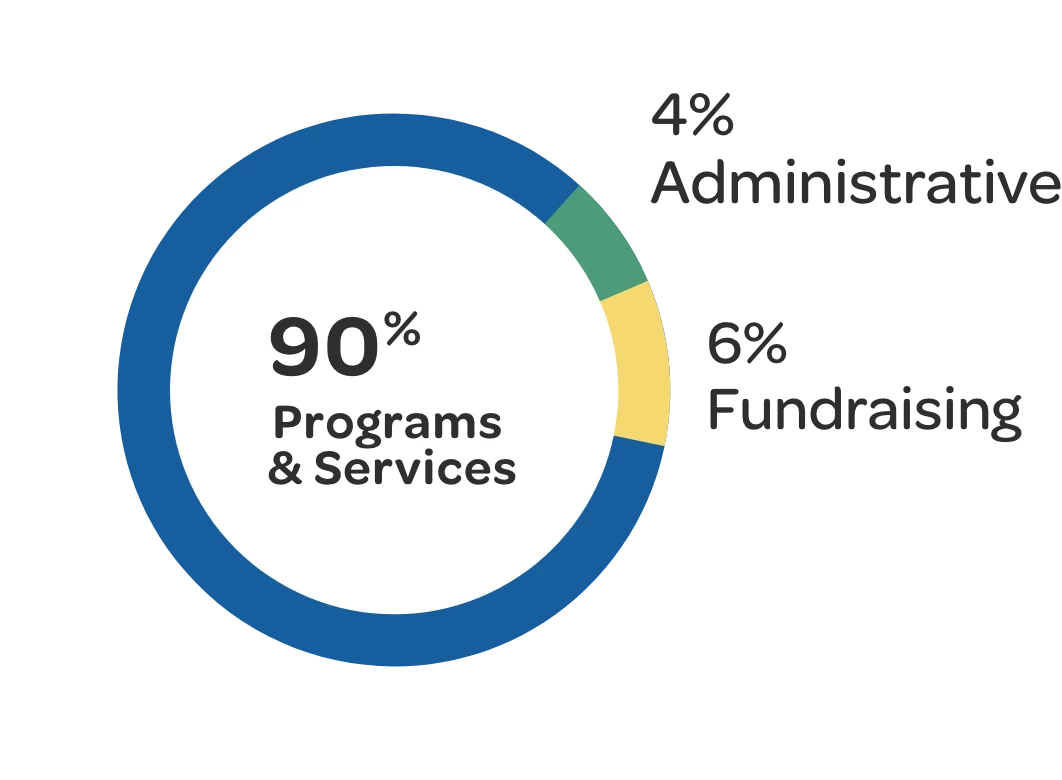Is paying my Zakat to Yemen permitted if I live in another country?
According to the vast majority of Muslim legal scholars, Zakat funds from Muslims not only can but must be transported to Muslims in dire and deadly circumstances.
The Prophet, on him be peace, famously said in a statement whose authenticity is agreed upon by hadith scholars:
The likeness of the believers in their mutual affection, mercy, and compassion for one another is that of the body. When any of its members aches, the rest of the body responds to it with sleeplessness and fever” (Bukhari and Muslim).
By all accounts, the people of Yemen — suffering seven years of horrific war, famine, flooding, multiple simultaneous epidemics (including cholera, COVID-19, and malaria) and a locust plague — are undergoing one of the worst humanitarian catastrophes in history.
Just this year, in February 2021, the United Nations Office for the Coordination of Humanitarian Affairs (OCHA) called Yemen “the world’s largest humanitarian crisis and aid operation.”
The beleaguered people of Yemen are eminently worthy of our Zakat.
What are the dangers causing Yemen’s crisis?
According to UNICEF (the UN International Children’s Emergency Fund), humanitarian disaster in Yemen stems from “a tragic convergence of four threats: a violent and protracted conflict, economic devastation, social services on the brink of collapse, including health, nutrition, water sanitation, education, protection; and a critically underfunded UN system.”
In other words, there are four separate major humanitarian crises among the people of Yemen going on at once:
Displacement of families
Starvation
Extreme Poverty
Total Systems Breakdown
What is causing the displacement of families?
War is the primary reason people are being displaced in Yemen, both civil war inside Yemen and countries outside Yemen using it as a battleground for their own interests.
The number of active war frontlines increased last year by almost half, from 33 to 49.
How many people in Yemen are displaced?
The rise in battle lines displaced an additional 172,000 Yemenis in 2020 and nearly 19,894 families — or 119,894 people — in 2021. This brought the total number of Yemen’s Internally Displaced People (IDPs) to no less than 4 million, or almost 14% of the country’s total population of 29.83 million. About 1.6 million of these displaced are living in 2,200 hosting sites.
Of these displaced, 3.16 million, or 79%, are women and children.
War is the primary reason people are being displaced in Yemen.
A quick overview of the scope of Yemen’s humanitarian catastrophe
Total Number of Districts in Yemen: 333
Number of Districts Suffering Humanitarian Crisis: 333
Population groups most affected by Crisis: Children, Women, Elderly, Disabled, and Al-Muhamasheen (the marginalized, a distinct and visible historical minority group who live mostly on the outskirts of Yemen’s southern cities)
Number of people in Yemen in 2021 needing humanitarian assistance: 24.3 million, or nearly 82% of the population
Number of people in acute need: 12.1 million, or more than 58% of those in need of humanitarian assistance, 40% of Yemen’s total population (“acute need” is a technical humanitarian term referring to people who need humanitarian relief and help just to stay alive)
Number of people in acute need of basic water and sanitation access: 15.4 million, or more than 51% of Yemen’s total population.
What are the food needs of people in Yemen?
The humanitarian term for people in nutritional, or food, need is called “food insecurity.” The internationally developed and accepted tool used to measure the severity of food emergencies that households in humanitarian crisis are experiencing is called the Integrated Phase Classification (IPC).
The IPC is a scale of food insecurity, or need, that has five phases:
Phase 1: (Minimal) Households can sustainably meet their food needs
Phase 2: (Stressed) Households have minimally adequate food to eat but can’t afford to spend on other essentials without taking unusual actions
Phase 3: (Crisis) Households can’t eat regularly, with large gaps between meals, and suffer serious malnutrition, or can minimally eat only if they use up other essentials for life, or take other unusual steps to get food
Phase 4: (Emergency) Households don’t have food to eat for long periods and suffer extreme malnutrition, which may cause death, and can get food to eat with less eating gaps only if they sell off what they have or take very unusual emergency measures to get food
Phase 5 (Famine) Households have extreme lack of food and basic needs, no matter what measures they take. Starvation, severe malnutrition, destitution, and death result.
Yemen is divided into a total of 35 IPC zones to measure acute malnutrition. Here are their humanitarian food insecurity classifications for 2020:
Phase 4: (Emergency): 13 Zones
Phase 3: (Crisis): 15 Zones
Phase 2: (Stressed): 7 Zones
What does this food insecurity mean in terms of Yemen’s people?
Number of people who will go hungry this year: 16.2 million (IPC Phases 3)
Number of people facing emergency food shortages: 5 million (IPC Phases 4)
Number of people in famine facing death by starvation: 50,000 (IPC Phases 5)
Percentage of food cost increase in 2021: Up 60%
Percentage of people suffering lack of food consumption in south Yemen: Up 45%
Percentage of people suffering lack of food consumption in north Yemen: Up 37%
What is the condition of children in Yemen?
The situation for children in Yemen with regards to food security is bleak.
Number of children under 5 (0-59 months) in Yemen suffering acute malnutrition: 2.25 million (IPC Phases 3 and up)
Number of lactating mothers suffering acute malnutrition: Up 1 million (IPC Phases 3 and up)
Number of children suffering extreme malnutrition: 400,000 (IPC Phases 4 and up)
Number of children in need of humanitarian aid: 11 million (4 in 5 Yemeni children)
Number of children killed or maimed in fighting since onset in March 2015: 10,000
Number of children killed or maimed per day on average: 4 per day
Number of children out of school: Up 2 million
Number of children without basic water and sanitation access: 8.7 million
Frequency of child death in Yemen from preventable diseases, according to UNICEF: 1 child dies every 10 minutes; 50,000 children die each year (this number is growing)
What is the condition of girls and women in Yemen?
Women and girls in Yemen are also suffering.
Number of displaced households headed by women in Yemen in 2021: About 30%; in 2015: 9%
Number of women in childbearing age without access to reproductive health services: 5 million
Number of pregnant and breastfeeding women without access to reproductive health services: 1.7 million
Frequency of death in during childbirth for Yemeni women from preventable causes: 1 every 2 hours
What is the economic condition of people in Yemen?
The world community defines “extreme poverty” as living on less than $1.90 per day in 2011 U.S. dollars, which is about $2.46 in 2021.
Percentage of Yemenis living on less than $2 per day: ~47%, or more than 14 million people
Percentage decline of Yemeni rial (currency) value against the U.S. dollar in 2021: Up 40% ($1 USD = 250.21 on Dec 10, 2021)
Percentage decline of Yemen GDP in 2020: 8.5%; Since 2015: Up 40%
Number of teachers with no regular salary for 4+ years: 170,000 (two-thirds of educators)
What is the COVID-19 situation in Yemen?
Yemen is becoming “a haven for infectious diseases,” according to Hesham Al-Mekhlafi of Jazan University in Saudi Arabia.
There has been a “dramatic influx of critically ill Covid-19 patients requiring hospitalization,” reports Doctors Without Borders, though most Yemenis who contract the illness stay at home. No one knows how many people in Yemen have the virus, but they know it is out of control, and Yemen’s collapsed health care system is completely unable to treat its victims. (See Will We Abandon Shattered, Starving Yemen to Rampaging COVID-19?)
There have been at least 2.5 million cholera cases in Yemen in what has shamefully become the most sustained outbreak of the disease in all of history.
Diphtheria returned to Yemen in 2017 after having been eradicated for 25 years.
Dysentery, malaria, polio, bilharzia, worm parasites, river blindness, and other vector-born diseases are all running amok through the population.
On top of this, a massive locust plague has also struck Yemen, causing an estimated $222 billion of damage and loss, destroying what little crops farmers can grow amid a raging war.
How will my Zakat help Yemen?
Zakat Foundation of America supporters and relief specialists have worked in Yemen almost from our 2001 beginning. As a global Muslim charity, we’ve developed a broad network of emergency, health care, food security, economic, and environmental programs in the country and established vital relationships and projects with local and international humanitarian partners.
We are there in Yemen serving the people hurt by war and harmed by natural disaster. We deliver your charitable help directly to sustain Yemen’s suffering in their extreme daily food insecurity emergency and severe health care needs.
But we also have aid initiatives that invest a significant portion of our charitable aid to build Yemen’s vital food and health care infrastructures, including programs that have dramatically increased sesame seed production to feed the population with a rich local staple.
We’ve pioneered food resilience programs that grow the number of independent farmers and equip them with scientific knowledge and profitable technology. This includes helping nurture a secondary market that works to spread wealth horizontally through the Yemeni population.







